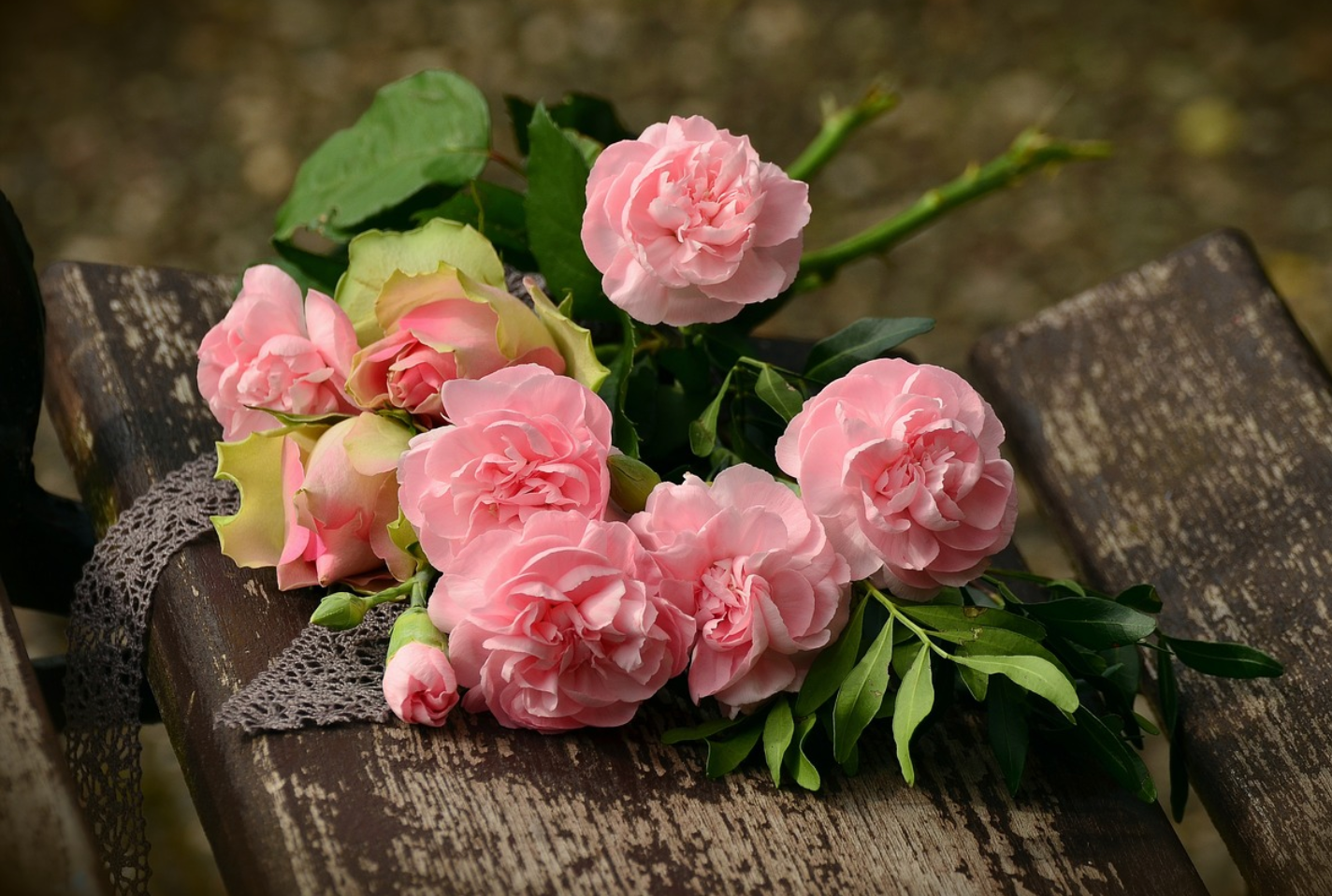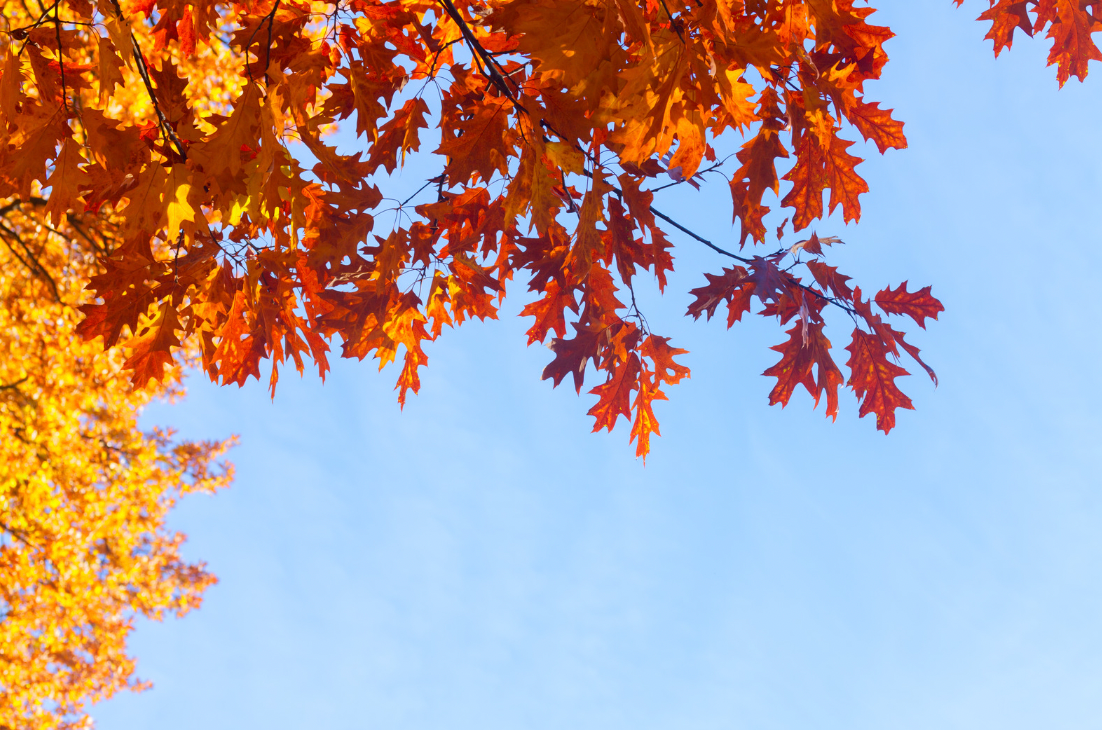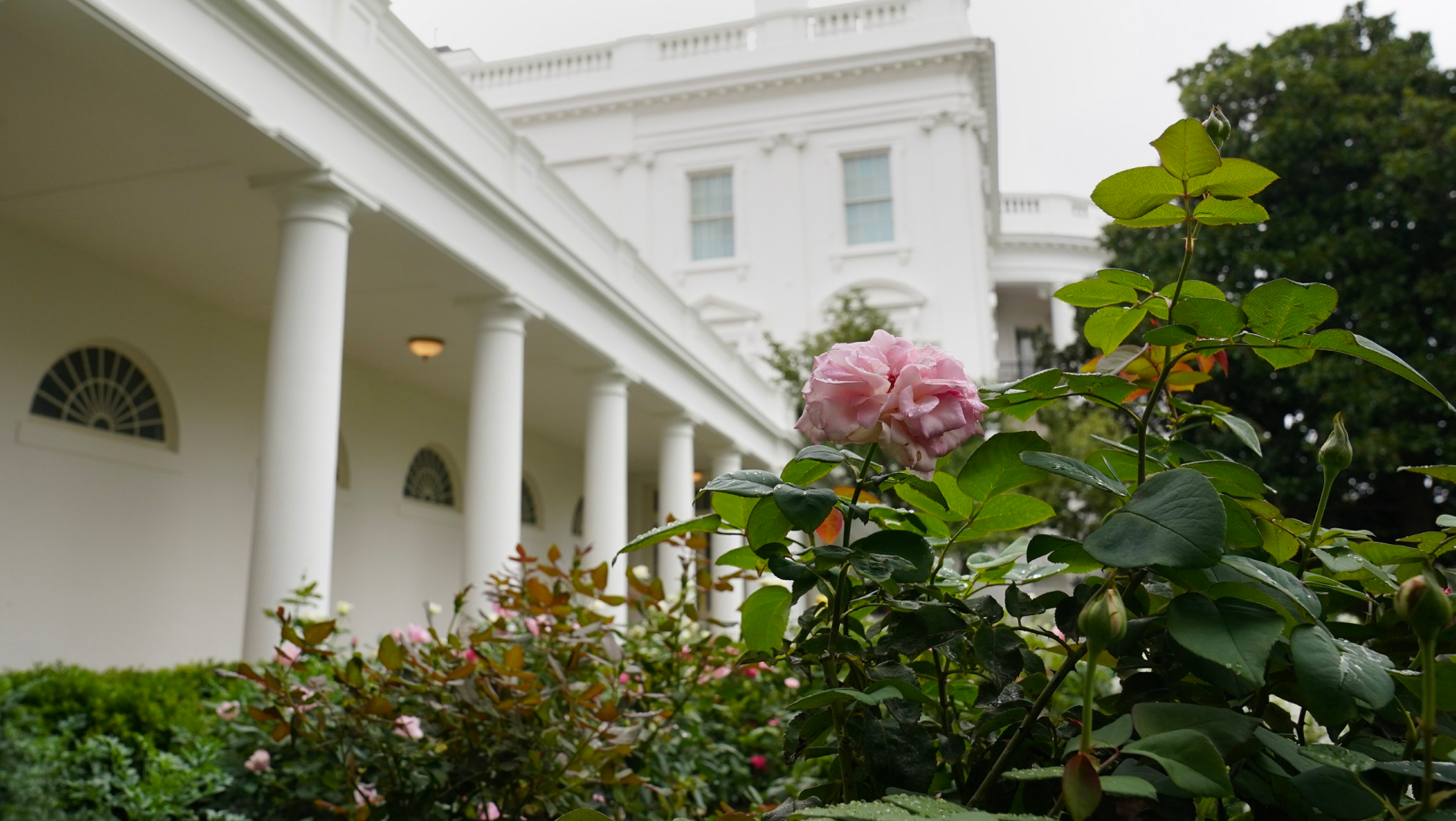A Rose by any Other Planting

“A Rose by any other name would smell as sweet” (Romeo & Juliette) - William Shakespeare ….
If I didn't know better, I’d say that you (secretly) love a rose. Blame it on that intoxicating scent, or those tender petals or worse those beautiful colors. We know, that if it wasn’t called a “rose”, it would still be a rose.
February is the month of roses, for a loved one, a friend, even Bachelor contestants, but it’s also the ideal time of year to give Mother Earth some roses as well. We have a collection of our favorite roses listed on our website, but most other nurseries will have a great selection to choose from as well.
Now that that’s out of the way, let’s get down to why you clicked on this article in the first place:. How to plant rose bushes in North Texas.
First, let me say that not all roses are created equal, especially when it comes to ones that can withstand Texas’ summer heat, and our contradictory winters of wet-humid-dry. Fortunately, Texas A&M has developed several spectacular cultivars that do incredibly well in our climate.
Rosa 'Belinda’s Dream'
Introduced in 1992, this gorgeous shrub rose was developed by Dr. Robert Basye, a mathematics professor at Texas A&M University, and named after the daughter of one of his friends. Belinda’s Dream is disease tolerant and has gorgeous flowers. Used as a specimen plant, a hedge, or even in a large pot, this rose has the impact and beauty of a modern hybrid tea, but is much more disease and soil-tolerant.
It was the first rose to be designated Earth-Kind® by the Texas AgriLife Extension Service. The large, very double pink blossoms come in large clusters from spring until frost. Bred in Texas to withstand hot temperatures, it does well in temperate climates as well. It may have some black spots in cool, damp weather, but its vigor and blooming will not be affected by the disease.

Rosa 'Old Blush'
Old Bush or Blush is one of the best-loved and easiest to grow Old Southern Garden Roses. It has graced the yards of grand plantations, manor houses, homesteads, and simple cabins across the Southern US and Europe for centuries.
Touted to be the rose that inspired the Thomas Moore poem 'Last Rose of Summer' (though some experts dispute that based on the timeline), it is easy to see the reasoning, as this rose is a reliable and continuous bloomer that does continue to bloom into the Dog Days long after others have surrendered to the sweltering heat and humidity.

Rosa 'Ducher'
Bred in Lyon, France by Jean-Claude Ducher in the year 1869, Ducher, pronounced “doo-shay“, is one of a very few white China roses. While the Ducher family bred many lovely roses over a lengthy period, this modest rose is the one they chose to bear their family name.
Petals of the medium size blooms are pure white though the light reflected often takes on a creamy color. The bush has been described as looking like snow in a pine forest. The double blooms have a fruity fragrance. The compact and rounded, twiggy bush is a nice landscape shrub either as a specimen plant or in a drift of 3 to 5 plants. The soft fullness of the foliage and showy flowers make this an excellent choice to blend with more structured shrubs in a landscape. It works well in a large pot. Ducher tolerates heat, sun, and various soil conditions.

Rosa 'Spice'
Spice produces wave after wave of blush pink, double blossoms that have a peppery fragrance that probably gave rise to its name. The blooms are light pink in cooler weather to almost white in the heat of summer. Very healthy and easy to grow, Spice is a drought-tolerant evergreen in the south. Flowers are good for cutting and to use in vases and arrangements.
Arranging your Bed
Arrange shrubs in a cluster of 3-5 plants at the back of a rose planting, or utilize as a backdrop for annuals, perennials, or herbs. Can also be grown in a large pot on your deck or patio. An excellent choice for everyone, especially those who are new to rose growing.
When to Plant
February is the month of roses, for a loved one, a friend, even Bachelor contestants, but it’s also the ideal time of year to give Mother Earth some roses as well. All the roses above are listed on our website, and most nurseries will have a great selection to choose from as well.
How to Plant
Once you’ve chosen your ideal rose, it’s time to prepare our soil. I cannot overstate the importance of soil amending! Starting off with the right soil around your rose will ensure successful luscious plants down the road. Adding in organic compost to the soil and a healthy amount of fish fertilizer is my personal preference and has worked well for me in the past with several plantings. Now keep in mind that roses tend to like their soil more acid than alkaline. (Alkaline being all those white limestone chips and stones you dig up when you plant anything in the DFW). Some roses have shown more tolerance for alkaline conditions than others, and since most of the state is limestone, A&M has done a pretty decent job, cultivating limestone tolerant varieties. That being said, I’d still dig a hole twice the size of your rose plant, and amend the soil with compost (it tends to be more acidic). Top the whole planting off with some pine needles as mulch. Or, if you can’t find a bag of East Texas Pine needles, some pine bark mulch will also do. The pine needles tend to breakdown faster into the soil than the bark.




